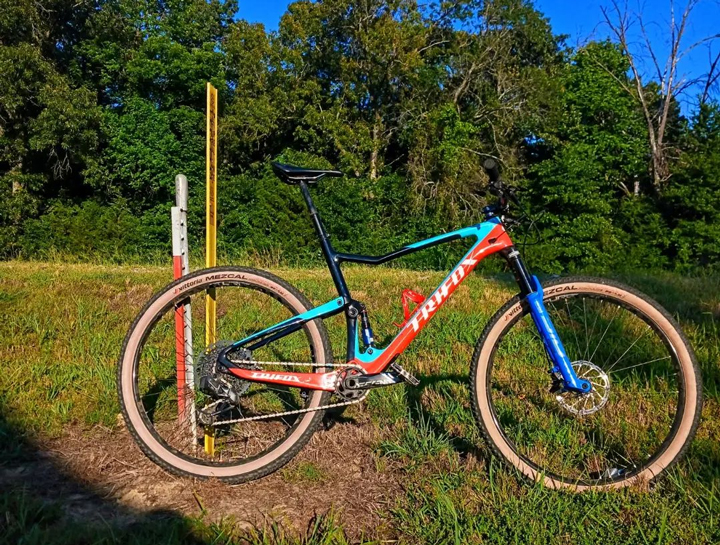When it comes to enhancing your biking experience, every component of your bicycle plays a crucial role, and one of the unsung heroes of bike performance is the hub. Positioned at the center of your wheels, hubs are pivotal in determining how smooth, fast, and stable your ride will be.
The Role of Bicycle Hubs
Hubs serve as the attachment point for your bike's wheels to the frame, facilitating the wheel's rotation around the axle. The design and quality of a hub can significantly influence your bike's performance, affecting speed, stability, and comfort. A well-designed hub ensures minimal friction, allowing for efficient transfer of energy from your legs to the wheels, propelling you forward with ease.
Materials and Durability
One of the key aspects of a hub's design is the material used in its construction. Trifox Bike offers hubs made from durable aluminum, known for its lightweight and resilient properties. This ensures that the hubs can withstand the rigors of regular use while contributing to a lighter overall bike weight, which is advantageous for speed and maneuverability.
Types of Hubs
At Trifox, you can find a variety of hub designs tailored to different biking needs. For instance, the M821 Boost and M827 are standout models that cater to diverse requirements. The M821 Boost hub, with its wider stance, provides increased stability and is ideal for mountain biking where rugged terrain demands extra support. On the other hand, the M827 is designed for road bikes, focusing on delivering speed and smoothness on paved surfaces.
Impact on Speed and Stability
The design of a hub can directly impact your bike's speed. Hubs like the M827, designed for road use, are optimized for reduced friction and efficient energy transfer, allowing cyclists to maintain higher speeds with less effort. Conversely, hubs made for off-road use, like the M821 Boost, prioritize stability to handle uneven terrains effectively.
Stability is equally critical, especially when navigating tricky paths or making sharp turns. A hub with a wider design, such as the Boost, offers enhanced lateral stability, reducing the risk of wobbling or losing control, thus providing a safer ride.
Comfort and Compatibility
Comfort during rides is often a byproduct of the right hub design. A smooth, frictionless ride reduces the strain on the cyclist, allowing for longer and more enjoyable rides. Trifox Bike's hubs are compatible with most standard bicycles, making them an easy upgrade for cyclists looking to enhance their ride without having to invest in a new bike.
Choosing the Right Hub
Selecting the appropriate hub is crucial for tailoring the biking experience to your specific needs. Whether you're an avid mountain biker requiring maximum stability or a road cyclist seeking speed, the right hub can transform your ride. Trifox Bike offers a range of options, ensuring that every cyclist can find a hub that fits their style and enhances their biking experience.

In summary, while often overlooked, the hub is a critical component that can dramatically affect your ride. By understanding the various designs and materials, such as those offered by Trifox Bike, cyclists can make informed choices to improve their bike's performance and enjoy their rides to the fullest.
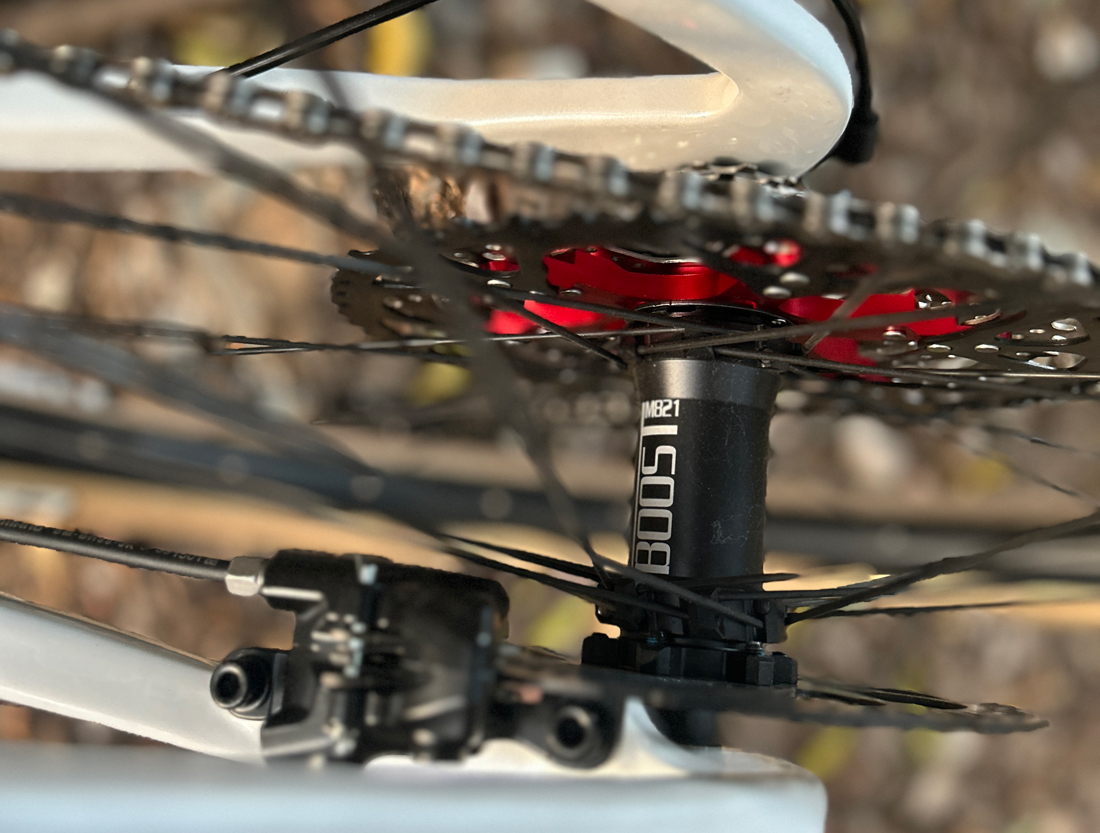
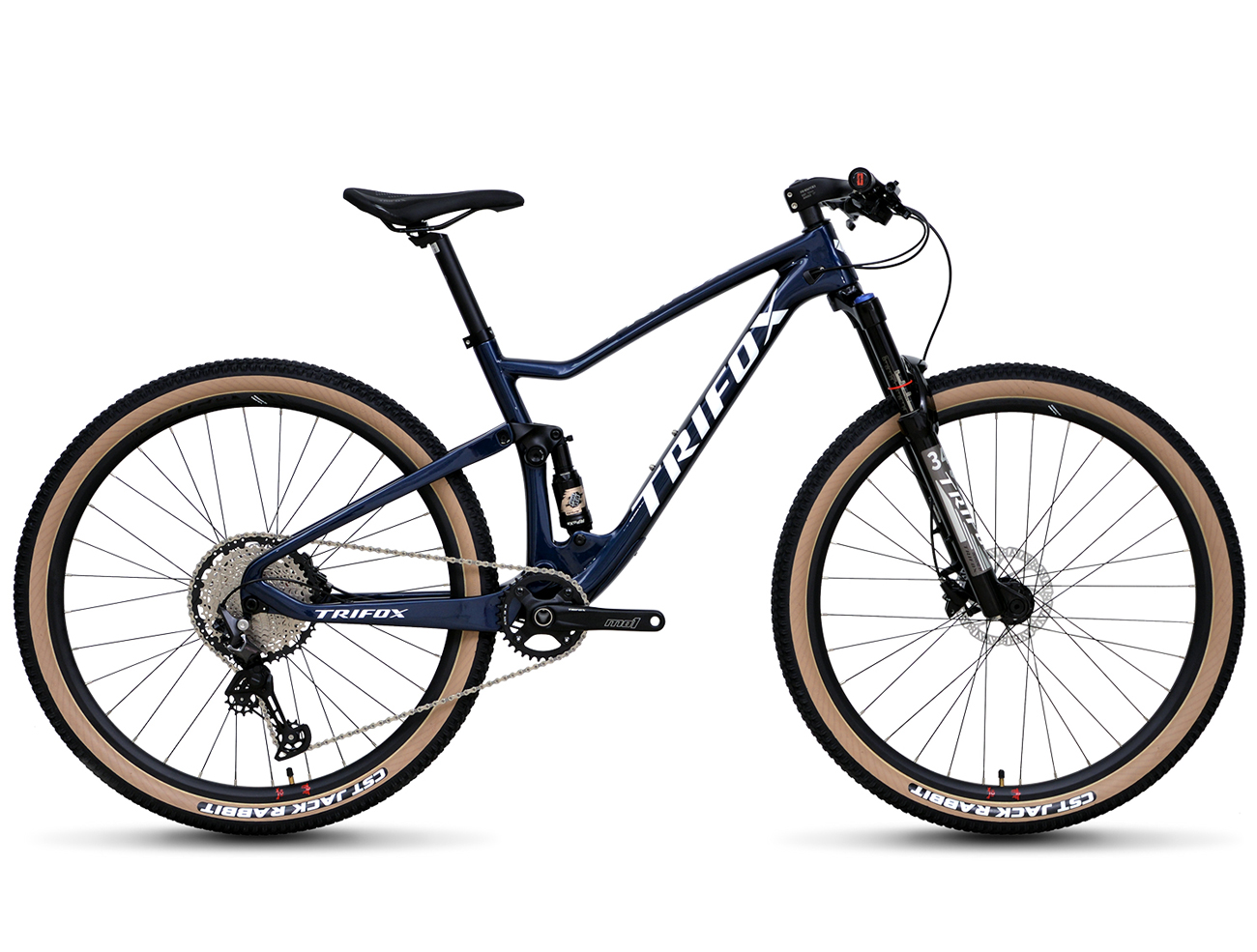
Downhill mountain biking is an adrenaline-pumping sport that challenges your skills, bravery, and ability to adapt to rapidly changing terrains. Whether you're a seasoned rider or a newbie eager to tackle the slopes, mastering downhill MTB requires the right techniques and equipment.
1. Mastering Body Positioning
Your body position is crucial in maintaining balance and control during downhill rides. Follow these tips to improve your stance:
- Stay Centered: Keep your body weight centered over the bike. This helps maintain traction and stability.
- Lower Your Center of Gravity: Bend your knees and elbows to lower your center of gravity. This posture improves balance and allows you to absorb shocks from the terrain.
- Look Ahead: Focus on the trail ahead rather than the immediate ground. This anticipatory gaze helps you prepare for obstacles and take smoother lines.
2. Effective Braking Techniques
Proper braking techniques are essential for maintaining control and speed on descents:
- Use Both Brakes: Apply both front and rear brakes smoothly and evenly. The front brake provides more stopping power, but relying too much on it can cause you to lose balance.
- Feather the Brakes: Use a gentle, pulsing braking motion instead of a hard squeeze. This minimizes skidding and maintains traction.
- Brake Before Turns: Reduce your speed before entering turns, allowing you to navigate through them with more stability.
3. Choosing the Right Gear
Selecting the appropriate gear setup enhances your control and performance:
- Lower Gears for Steep Descents: Use lower gears to maintain a steady and controlled speed on steep sections.
- Gear Switching: Familiarize yourself with your gear shifters to make seamless transitions as the terrain changes.
4. The Advantage of a Full Suspension Carbon MTB Frame
Investing in a quality frame, such as the Trifox MFM100 full suspension carbon MTB frame, can significantly enhance your downhill experience:
- Superior Shock Absorption: The MFM100's dual suspension system absorbs impact, reducing rider fatigue and providing a smoother ride over rugged terrain.
- Strength and Lightweight: Made from T800 carbon fiber, the frame offers an excellent balance between strength and weight, allowing for agile maneuvers and increased speed.
- Boost Technology: With 148 x 12mm spacing, the frame supports wider hub flanges, resulting in a stronger rear wheel for improved stability during descents.
5. Mental Preparation and Confidence Building
Downhill MTB is as much a mental challenge as it is physical. Boost your confidence with these tips:
- Start Small: Begin with less challenging trails and gradually progress to more difficult descents as your skills improve.
- Visualize Success: Picture yourself navigating the trail successfully, focusing on smooth lines and controlled movements.
- Positive Mindset: Embrace mistakes as learning opportunities and maintain a positive outlook on your progress.
6. Safety First
Always prioritize safety on the trail:
- Wear Protective Gear: Equip yourself with a helmet, gloves, knee pads, and elbow pads to protect against falls.
- Trail Awareness: Familiarize yourself with trail routes and conditions before heading out.
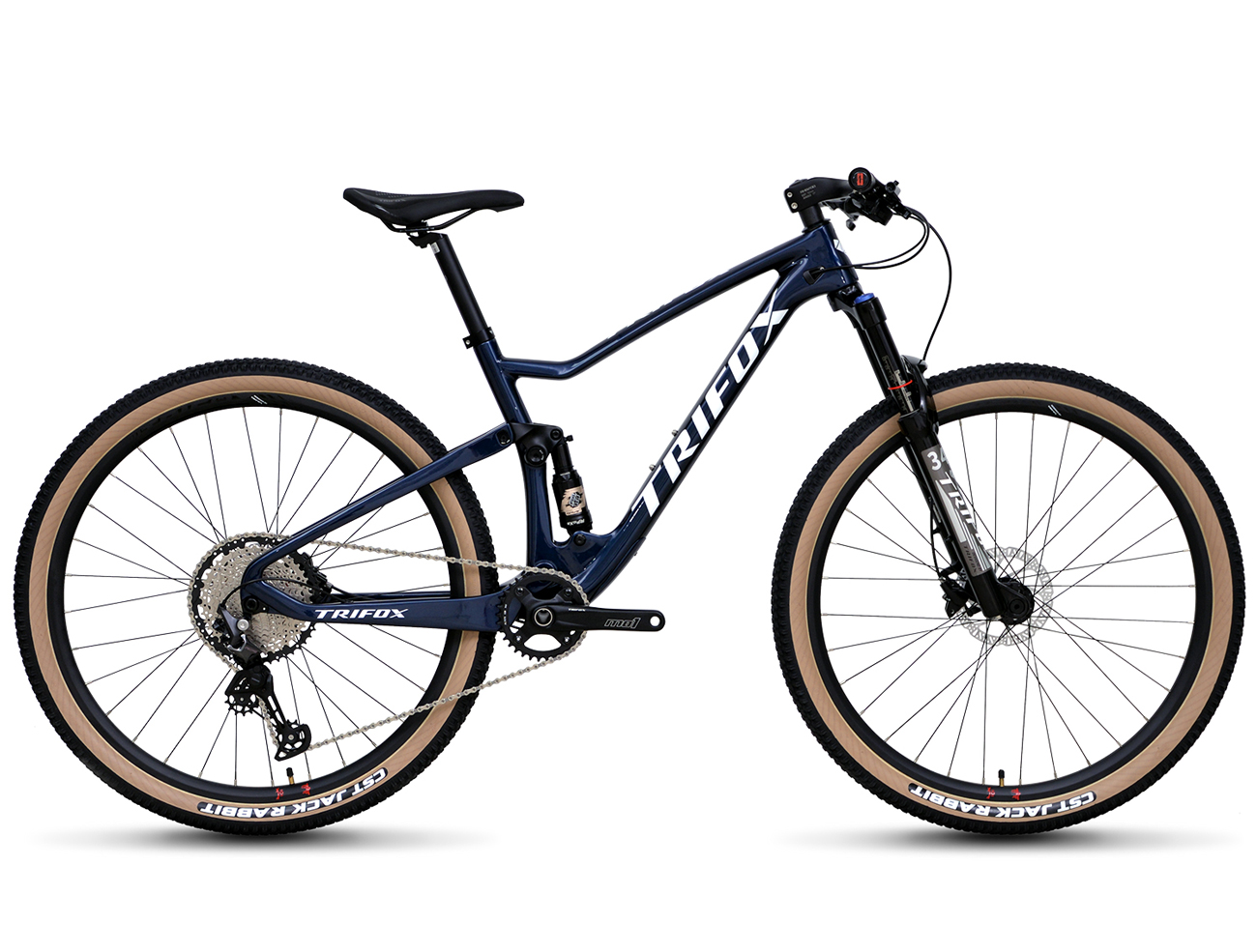
Conclusion
Conquering downhill MTB requires practice, the right techniques, and reliable equipment. By mastering body positioning, braking, and gear usage, and leveraging the capabilities of a full suspension frame like the Trifox MFM100, you can tackle thrilling descents with confidence. Embrace the thrill of the ride, and remember, every descent is an opportunity to refine your skills and enjoy the exhilarating freedom of the trail. Happy riding!

Mountain biking is an exhilarating sport that combines adventure, fitness, and a deep connection with nature. For newcomers eager to hit the trails, getting started might seem daunting, but with the right guidance, you can dive into the world of MTB (mountain biking) with confidence.
1. Choosing the Right Bike
Your mountain bike is the core of your experience, and selecting the right one is crucial. For beginners, an all-around MTB is ideal. Consider factors like the bike's frame material, suspension type, and wheel size. Trifox Bike offers high-quality carbon frames, which are lightweight and durable, making them an excellent choice for those new to the sport. Their range includes options like the Pioneer and PeakTrail Xtreme, catering to different biking needs and budgets.
2. Essential Gear
Beyond the bike, there are several pieces of gear that will enhance your ride:
- Helmet: This is non-negotiable. A helmet protects you from serious injuries and is a must-have for every ride.
- Gloves: They offer better grip and protect your hands during falls.
-Protective Eyewear: Shields your eyes from dust, debris, and UV rays.
- Hydration Pack: Staying hydrated is crucial, especially on longer trails.
- Appropriate Clothing: Opt for moisture-wicking fabrics that keep you comfortable, and consider padded shorts for added comfort.
3. Basic Maintenance Tips
To ensure your bike remains in top condition, regular maintenance is key:
- Tire Pressure: Check your tire pressure before each ride. Properly inflated tires provide better control and reduce the risk of flats.
- Chain Lubrication: Keeping your chain well-lubricated ensures smooth shifting and prolongs the life of your drivetrain.
- Brake Check: Test your brakes before every ride to ensure they're responsive.
- Regular Cleaning: Dirt and grime can affect performance. Regularly clean your bike, especially after muddy rides.
4. Safety Precautions
Safety should always be a priority:
- Trail Etiquette: Respect other trail users. Yield to uphill climbers and be mindful of hikers.
- Ride Within Your Limits: Start with trails that match your skill level and gradually progress to more challenging ones.
- Stay Aware: Always be aware of your surroundings, including other riders and potential hazards on the trail.
5. Getting Involved in the Community
Mountain biking is not just a sport; it's a community. Joining local MTB groups can provide support and camaraderie. These groups often organize rides and offer valuable tips and encouragement.
6. Upgrading as You Progress
As you become more comfortable, you might consider upgrading your components. Trifox Bike offers a range of components, from carbon wheels to forks, that can enhance your bike's performance. These upgrades can make a significant difference as you tackle more challenging trails.
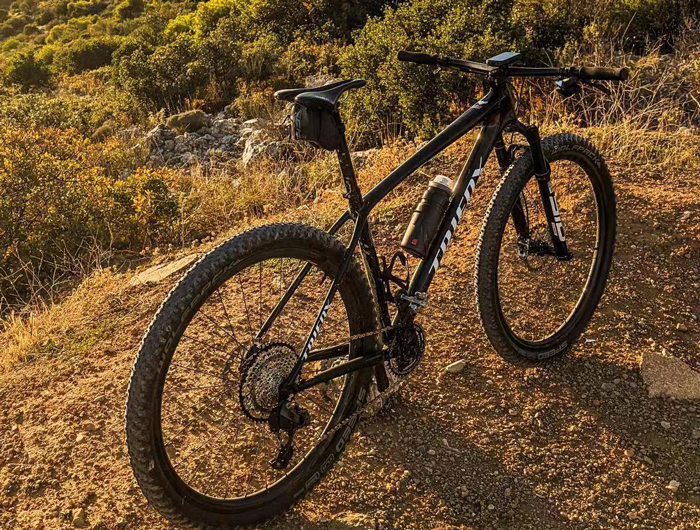
Starting your mountain biking journey is an exciting step towards endless adventures. By investing in quality gear and understanding the basics, you'll be well on your way to enjoying the thrill of the trails. Remember, every expert was once a beginner, and with each ride, you'll gain confidence and experience. Embrace the journey, stay safe, and enjoy every moment on your bike.

Choosing the right full-suspension mountain bike can transform your ride from a simple outdoor activity into an exhilarating adventure. The Pioneer Mountain Bike from Trifox Bike is an exemplary model that combines high-quality features with affordability, making it an ideal choice for riders looking to enhance their trail riding experience.
Key Features of the Pioneer Mountain Bike
Carbon Fiber Frame
The Pioneer Mountain Bike boasts a full carbon fiber frame (MFM100), offering exceptional strength and lightness. This material is renowned for its ability to absorb shocks and provide a responsive ride, which is crucial when navigating rough terrains. The bike's carbon frame not only enhances performance but also contributes to a sleek and modern aesthetic.
Dual Suspension System
Equipped with a dual suspension system, the Pioneer bike ensures a smooth and controlled ride over uneven surfaces. With 115mm travel, the suspension effectively absorbs bumps, reducing rider fatigue and improving handling. This feature is particularly beneficial for trail enthusiasts who encounter a variety of terrains, from rocky paths to smooth descents.
Shimano M6100 Groupset
The integration of the Shimano M6100 12-speed groupset elevates the bike's performance by providing seamless gear transitions and reliable braking. The hydraulic disc brakes offer superior stopping power, enhancing safety during steep descents and technical trails. The precision of the Shimano components ensures that riders can maintain their momentum without sacrificing control.
Benefits for Trail Riding
The combination of a carbon fiber frame and dual suspension makes the Pioneer bike an excellent choice for tackling diverse trails. The frame's lightweight nature allows for quick acceleration and agile maneuvering, while the suspension system provides stability and comfort. Riders can confidently take on challenging paths, knowing their bike is equipped to handle the demands of the terrain.
Tips for Choosing a Full-Suspension Mountain Bike
1. Frame Material: Look for bikes with carbon fiber frames if you prioritize weight and strength. This material is ideal for serious riders who need a durable yet lightweight bike.
2. Suspension Quality: Evaluate the suspension system's travel and adjustability. A good dual suspension setup will offer better shock absorption and a smoother ride.
3. Groupset Quality: A reliable groupset like Shimano ensures precise shifting and effective braking. This is critical for maintaining speed and control on trails.
4. Fit and Geometry: Choose a bike that matches your body size and riding style. The Pioneer offers multiple sizes, ensuring a tailored fit for optimal comfort and performance.
5. Wheel Size: Consider wheel size based on the terrain you frequently ride. The 29-inch wheels on the Pioneer bike provide better traction and stability, ideal for both climbing and descending.
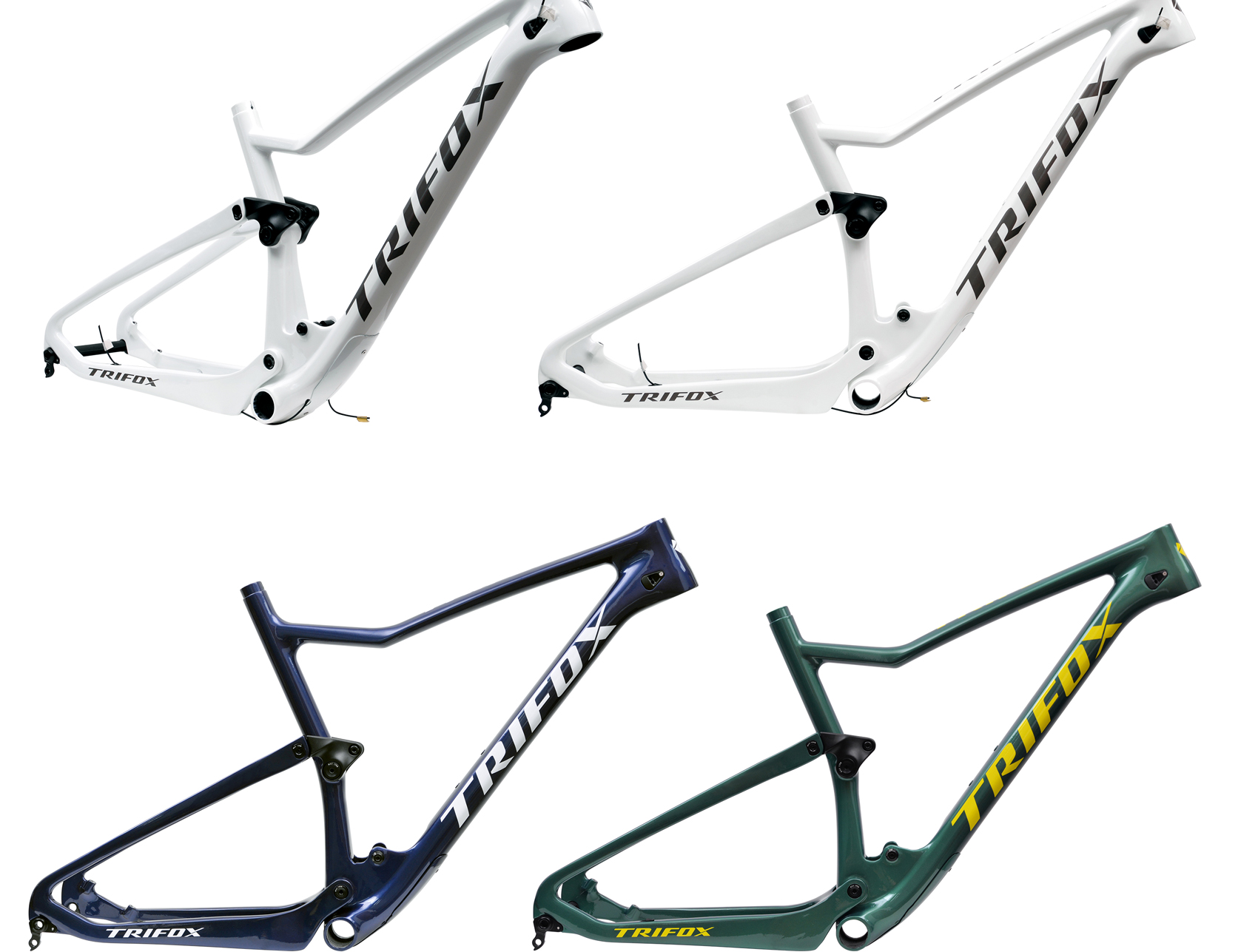
Conclusion
The Trifox Pioneer Mountain Bike is a standout option for riders seeking a priced full-suspension bike with essential features. Its carbon fiber frame, dual suspension, and Shimano components make it well-suited for trail riding, offering a blend of comfort, control, and durability. By focusing on quality components and the right fit, you can find a full-suspension mountain bike that elevates your cycling adventures. Whether you're exploring new trails or refining your skills, the right bike can make all the difference in your riding experience.

Choosing the perfect ultra light hardtail mountain bike for your next adventure involves understanding the key features that will enhance your riding experience.
When considering options like the Trifox SDY20, start by focusing on the frame material. This bike boasts a 29er carbon mountain hardtail frame made from T1000 carbon fiber, which is renowned for its strength-to-weight ratio. The lightweight nature of carbon frames not only makes climbing hills easier but also improves maneuverability on technical trails.
Weight is another crucial factor. The SDY20 weighs approximately 11.5 kg for a large size, making it an excellent choice for riders who prioritize speed and agility. A lighter bike allows for quicker acceleration and less fatigue over long rides, key benefits when tackling challenging terrains.
Drivetrain components are equally important. The SDY20 features a SHIMANO Deore M6100, 12-speed system, which provides smooth and reliable gear shifts. This setup is ideal for adapting to varying trail conditions, giving you the flexibility to maintain momentum whether you're climbing or descending.
Wheel specifications, such as the Trifox Alloy Mountain Bike Wheels and CST 29*2.1 tires, offer stability and control. Wider tires improve traction and handling, crucial for maintaining grip on rough surfaces.
When selecting the right size, consider your height and inseam. The SDY20 offers sizes from S to L, accommodating riders from 150 to 185 cm tall. Ensuring the bike fits well enhances comfort and control, which are vital for a safe and enjoyable ride.
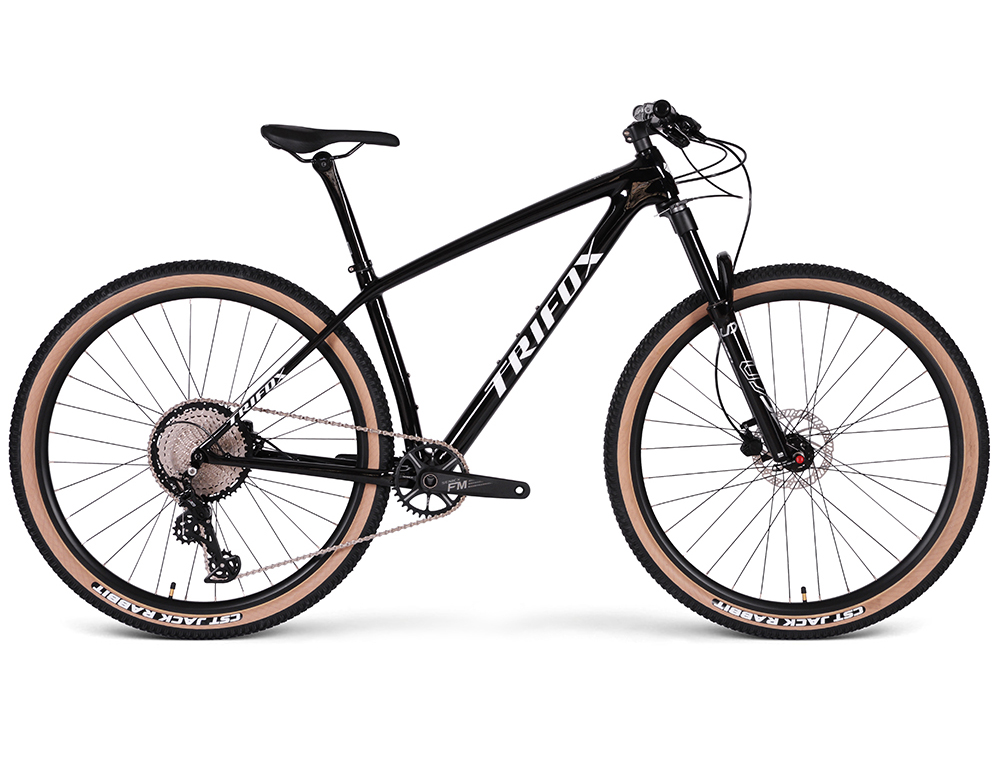
Overall, choosing an ultra light hardtail MTB with a carbon frame like the SDY20 offers numerous benefits, including enhanced performance and comfort, making it a worthy companion for your next mountain biking adventure.
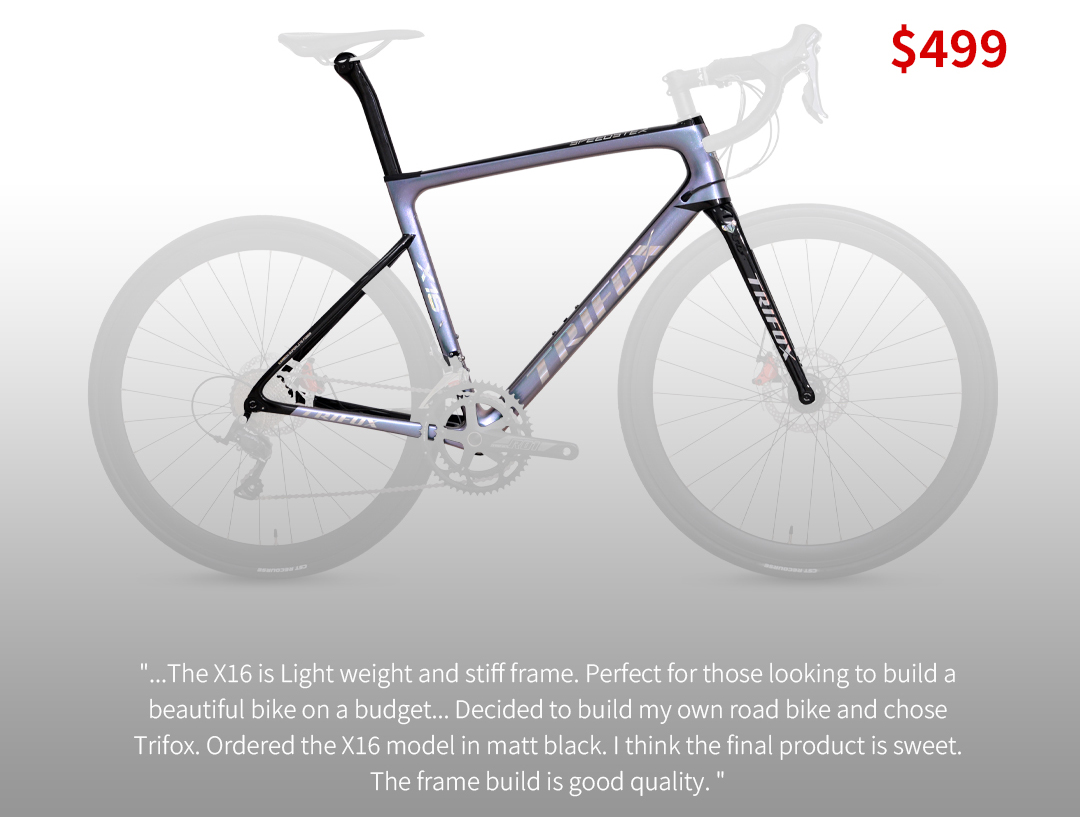
The world of cycling has evolved significantly, with advancements in technology bringing forth the era of fully carbon bicycles. These marvels of engineering offer a host of advantages that have revolutionized the cycling experience for both competitive cyclists and casual riders alike.
One of the standout features of carbon bicycles is their incredibly lightweight nature.
Made from carbon fiber, these bikes are significantly lighter than their aluminum or steel counterparts, allowing for easier handling and greater speed on the road. This reduction in weight translates into less effort required to pedal, making long rides more enjoyable and less taxing on the body.
Durability is another key benefit of carbon bicycles. Despite being lightweight, carbon fiber provides a strong and resilient frame that can withstand the rigors of various terrains.
This durability means that cyclists can tackle challenging trails with confidence, knowing their bike can handle the pressure without compromising structural integrity.
Performance benefits are at the heart of why many cyclists opt for carbon bikes. The material's ability to dampen road vibrations leads to a smoother ride, reducing fatigue and enhancing comfort over long distances. This is particularly beneficial for road cyclists who aim to push their limits in terms of speed and endurance.
In addition to personal advantages, using bicycles as a mode of transport offers significant environmental benefits. Bicycles are a zero-emission mode of transport, contributing to reduced carbon footprints and promoting a healthier planet. With increased awareness of environmental issues, choosing a bicycle over a car for short trips can make a tangible difference.
Trifox Bike, a leader in the production of high-quality carbon bicycles, exemplifies the benefits of these innovative bikes. With a commitment to precision engineering and customer satisfaction, Trifox offers products that enhance the cycling experience through superior design and technology. Their dedication to quality and sustainability makes them a trusted choice for cyclists seeking the best in carbon bike performance.
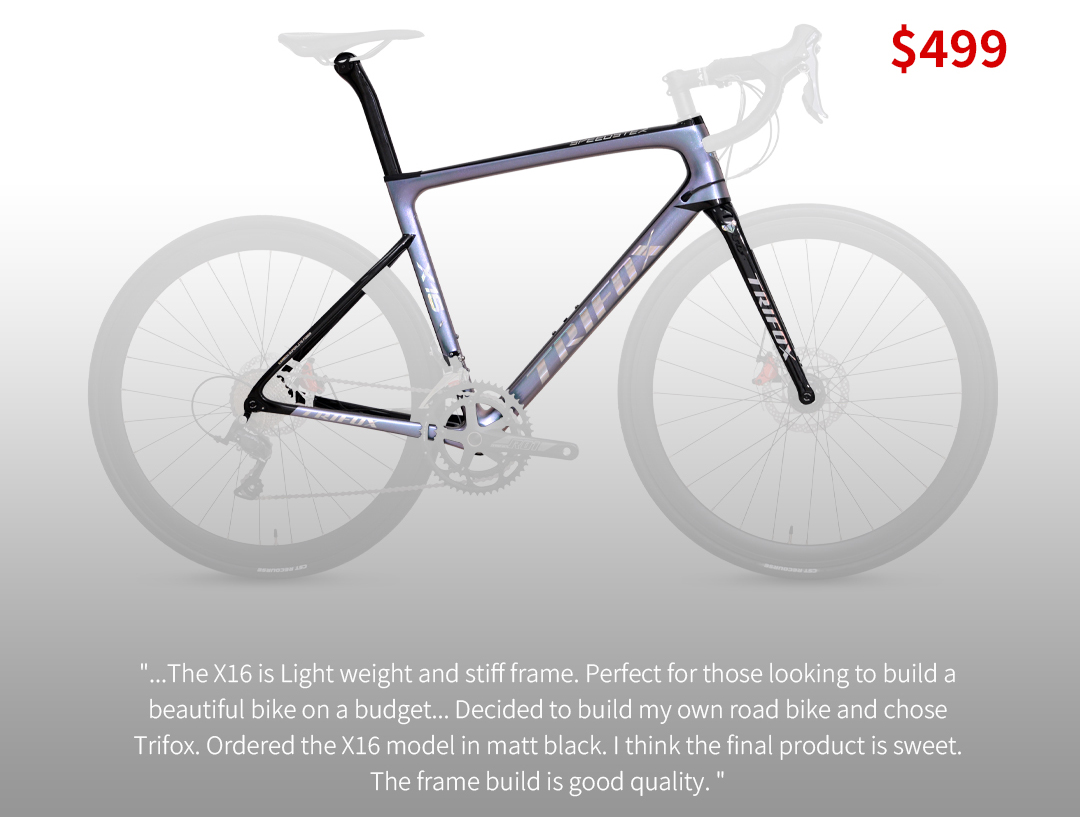
In summary, fully carbon bicycles offer unmatched advantages in terms of weight, durability, and performance, making them a worthwhile investment for any cycling enthusiast. Whether you're commuting to work or exploring new trails, a carbon bike transforms every ride into a more efficient and exhilarating journey.

Maintaining MTB bike pedals is crucial for ensuring optimal trail performance and enhancing your overall mountain biking experience. As one of the most critical contact points between you and your bike, well-maintained pedals can significantly affect your ride's efficiency and safety.
1. Importance of Pedal Maintenance:
Pedals endure a lot of stress during rides, from absorbing shocks over rough terrains to resisting dirt and moisture. Neglecting pedal maintenance can lead to inefficient power transfer, increased wear on components, and potentially hazardous riding conditions. Regular maintenance not only extends the lifespan of your pedals but also ensures smooth, reliable performance on the trails.
2. Steps for Cleaning and Lubricating Pedals:
Cleaning: Begin by removing the pedals from the bike using a wrench. Gently clean the pedals with warm, soapy water and a brush to remove dirt and grime. Pay special attention to the pedal's body, axle, and cleat contact points. After cleaning, rinse thoroughly and dry with a soft cloth.
Lubrication: Once clean, apply a suitable bicycle lubricant to the pedal's moving parts, particularly the bearings and any exposed metal surfaces. This helps reduce friction and protects against rust. Avoid over-lubricating, as excess oil can attract more dirt.
3. Checking Pedal Components for Wear and Tear:
Axle Inspection: Check the pedal axles for any signs of bending or damage. A bent axle can lead to uneven pedaling and should be replaced immediately.
Bearings: Spin the pedals to ensure the bearings are functioning smoothly. Listen for any grinding noises, which might indicate worn-out bearings needing replacement.
Cleat and Platform Wear: Inspect cleats for wear, especially if you use clipless pedals. Ensure they engage and release smoothly. For platform pedals, check for worn-out grip surfaces that might affect traction.

TRIFOXBIKE offers an impressive range of mountain bikes designed for durability and performance, making them an excellent choice for trail enthusiasts. Their bikes are engineered with high-quality components, ensuring that every ride is as smooth and efficient as possible. To explore TRIFOXBIKE's mountain bikes and elevate your trail experience, visit their product page: TRIFOXBIKE Mountain Bikes.
Regular pedal maintenance is a simple yet effective way to enhance your mountain biking adventures, ensuring your pedals are always ready to tackle the toughest trails with confidence.
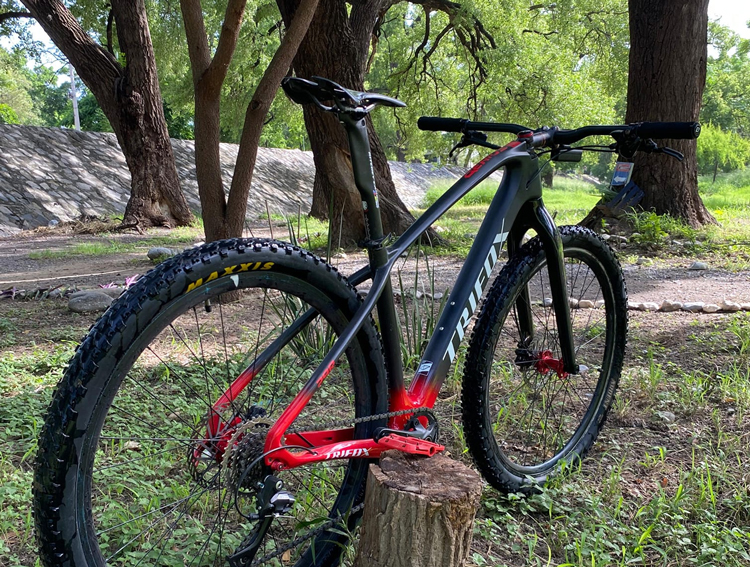
Choosing the right brand of mountain bike for your adventure needs can significantly impact your cycling experience, whether you're tackling rugged trails or exploring serene paths.
Here are key factors to consider when selecting a mountain bike brand that will meet your adventure aspirations:
1. Durability: A reliable mountain bike brand should prioritize durability. Look for brands that use high-quality materials and robust construction methods to withstand the rigors of off-road cycling. Frames made from carbon fiber or aluminum offer a good balance of strength and weight, ensuring your bike can handle challenging terrains without compromising performance.
2. Technology and Innovation: The cycling industry is continuously evolving with new technologies. Select a brand that embraces innovation, offering modern features like advanced suspension systems, hydraulic disc brakes, and tubeless tire setups. These technologies enhance riding comfort, control, and safety, allowing you to tackle a variety of terrains with confidence.
3. Customization Options: Every cyclist has unique preferences and needs. Brands that offer customization options, such as adjustable components and a variety of frame sizes, allow you to tailor your bike to your specific requirements. Whether you prefer a more aggressive setup for downhill trails or a comfortable configuration for long rides, customization ensures your bike aligns with your adventure style.
4. Reputation and Reviews: Research the brand's reputation and customer reviews. Brands with a strong track record of producing reliable and high-performance bikes often provide better customer support and warranty options. Engage with online forums and cycling communities to gather insights from experienced riders about the brand's reliability and performance.
5. Price and Value: Consider the brand's price range and the value offered. While premium brands often come with a higher price tag, they typically provide superior technology and durability. Ensure the brand you choose offers a balance between cost and the features most important to you.

TRIFOXBIKE is a brand that checks these boxes, offering high-quality mountain bikes engineered for adventure enthusiasts. With a focus on innovation and durability, their bikes are equipped with advanced features to enhance performance and comfort on any trail.
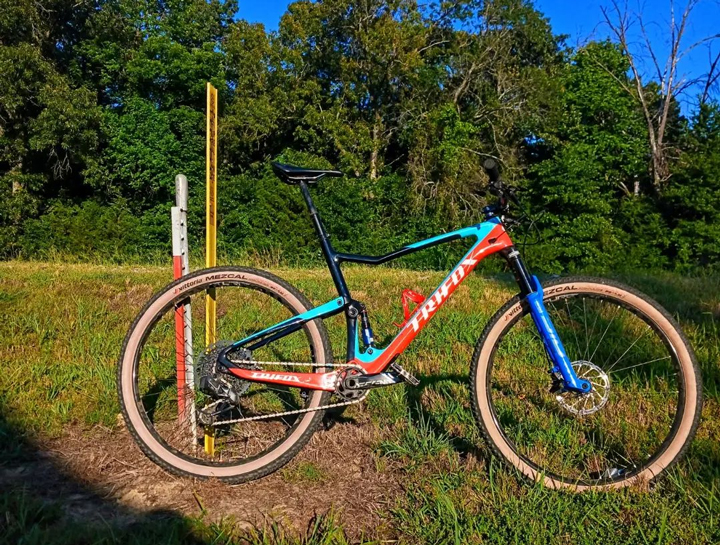
To optimize your cycle suspension for a smoother ride, begin by understanding your bike's suspension setup.
Whether you're tackling rough trails or cruising on smoother paths, adjusting your suspension settings is crucial. Start with the sag, which is the amount your suspension compresses under your weight. Adjust the air pressure or spring preload to achieve the recommended sag, usually around 25-30% of your total suspension travel.
Regular maintenance of your suspension components is key. Keep the suspension clean and lubricate the seals to prevent dirt build-up, which can lead to wear and performance issues. Check for any signs of oil leaks or damage, and replace parts as needed to maintain optimal function.
Choosing the right equipment is also essential. For instance, the TRIFOXBIKE PIONEER offers an exceptional ride with its carbon fiber full suspension frame and SHIMANO M6100 groupset.
This setup not only provides superior shock absorption but also enhances performance across various terrains. With its adjustable geometry, the PIONEER allows for fine-tuning to match your riding style and the trails you tackle.
For more details, explore the TRIFOXBIKE PIONEER and its advanced features here. Embracing these tips will ensure your bike's suspension is optimized for a ride that's both smooth and exhilarating.
